The content of the article
Often in economics there is a need to calcine a cast-iron frying pan. This is done for different purposes: before the very first use (many manufacturers require this), for cleaning, so that you can bake pancakes and pancakes, etc. In general, there can be many reasons. But how to carry out the procedure correctly so as not to harm either yourself or the pan, we will tell you below.
Why bake a pan
The frying pan is usually calcined in several cases. Let's look at the most frequent ones.
- After the purchase. Often on the surface of the dishes there are traces of factory lubrication, which are not very pleasant to eat. In this case, the pan is calcined to remove them.
- For the cleaning. During prolonged use of a cast-iron pan, carbon deposits form on its working surface. In fact, this is already burnt oil and fat, which are also not suitable for use in food. In this case, calcination is necessary in order to get rid of soot.
- To prepare for making pancakes. Our grandmothers also used calcined old pans for baking pancakes and pancakes. In this case, all absorbed oil is also removed from the surface, it becomes clean, dry and ideal for making treats.
So, whatever the reason, but if you need to efficiently and effectively calcine the cast-iron skillet, without damaging it in any way, we are ready to help resolve the issue. There are several ways to cope with the task.
Method one: use salt
This method is the most famous, simple and common. It does not require much effort, however, you still have to monitor the state of the pan. So, first prepare the dishes for the procedure:
- Wash the pan thoroughly with the obligatory use of detergent. Rinse so that no foam remains. Wipe the pan so that it is completely dry.
- Check: the surface should be perfectly clean, without dried-on food debris or traces of burnt oil.
Now you can proceed to the calcination. Pour a centimeter layer of ordinary table salt on the bottom of the pan. Usually advised to use coarse grinding, but in fact, any will do. Naturally, it is better to take the most ordinary, cheap salt, without any additives and not iodized.
We put a filled skillet on the fire. The calcination itself lasts about 20 minutes, while you can smell an unpleasant odor. This is normal. After the process is complete, just discard the salt, it is no longer suitable for further use.
This is not the end of the procedure. At the bottom of the calcined pan you need to pour a small amount of refined vegetable oil and heat again for 20 minutes. Oil can be replaced with fat or fat, the effect will be the same. Now the dishes are ready for use (of course, the oil is drained, and the pan itself is washed under running water without the use of additional funds, it is simply rinsed and wiped).
Let's see why it is necessary to use salt. This substance is an excellent natural absorbent. It incorporates all the harmful residues, making the cast-iron work surface almost perfectly clean. That is why this method of calcining a pan has been used since ancient times.
Method two: use vegetable oil
This method is much more extreme than the first.If you are careless or do not keep track of the liquid, the oil may flare up, but it is quite quick and effective. It is done like that.
We take a pre-cleaned and absolutely dry pan (there should be no drops of water on it at all). Pour as much oil as possible. Usually, unrefined vegetable is used for such purposes, it does not give a smell. Remember that during the process of frying the pan, burning particles of food and absorbed oil, which can smell very bad, therefore, it is not worth aggravating with a pronounced unrefined smell. However, if this does not scare you, you can use it.
We put a frying pan with oil in the fire, heat it and keep it on the stove for half an hour. After that, wash off the used liquid, wash the dishes well under running water. Everything can be used to prepare healthy and safe foods.
The third way: in the oven, without too much fuss
This method is ideal for busy people who do not want to carry out all the above manipulations. But it is not as effective as the first two.
So, first, again, prepare the dishes for the upcoming procedure:
- Wash under running water, be sure to use a special detergent;
- Take a clean cloth, saturate it with vegetable oil (but not much);
- Dry wipe the pan;
- Gently grease it with a cloth soaked in oil;
- Preheat the oven to a temperature of 180 degrees Celsius.
That's it, now you can start working directly. Turn the pan upside down and carefully put in the oven, which can be turned off in an hour. However, after turning off the dishes, we do not get the dishes, but leave them inside until they cool completely. Here is such a "lazy" way. But, as you can see, it takes much longer than the first two.
Whichever method you use to fry a pan, remember that you must always follow all precautions. Firstly, oil is an extremely flammable substance, and if used improperly, it can easily ignite. Secondly, pouring the used liquid and pouring out the salt is best not immediately, but only after they have completely cooled down. It’s both more efficient and safer.
Cast iron is a very high-quality material that is ideal for heat treatment of food. However, it has special pores, clogging over time, and cooking on such dishes becomes not very pleasant. In addition, food can take on different flavors. To get rid of such a problem and recommend periodically baking pans. During the procedure, all past oil and food particles burn out, and the dishes again acquire all their positive qualities. That is why it is important not to forget about calcination and sometimes carry it out.
Few secrets
- Oil for a cast-iron frying pan is not only a non-stick substance, but also a kind of lubricant. If you periodically calcine dishes using this liquid, after a while nothing will burn on it.
- After such a procedure, the pan can be rinsed with cold water.
- For real cast iron, calcination is a necessary and very useful procedure. After it, the pan only gets better, it is in no case deformed or cracked. If such a nuisance occurred, you sold low-quality goods.
- And finally, if your cast-iron skillet is covered with enamel, you should not calcine it. In addition, such dishes are not scared to wash in the dishwasher, you can also store food in it. By the way, it is strictly forbidden to store food in an ordinary cast-iron pan, as well as leave it wet: the dishes will deteriorate from this.
Cast iron is an excellent material for a pan. It is convenient to operate and durable. Care for your skillet and it will give you a lot of delicious dishes!
Video: preparing a cast iron pan for use

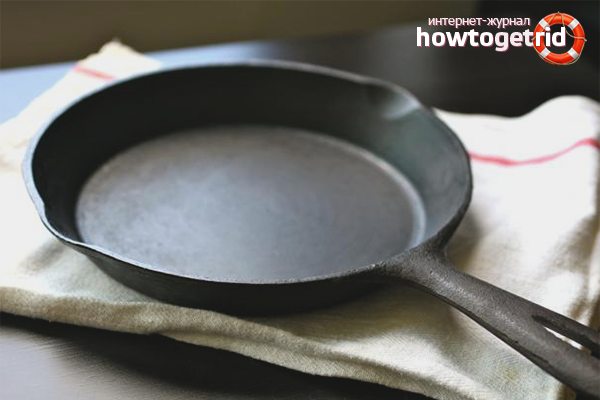
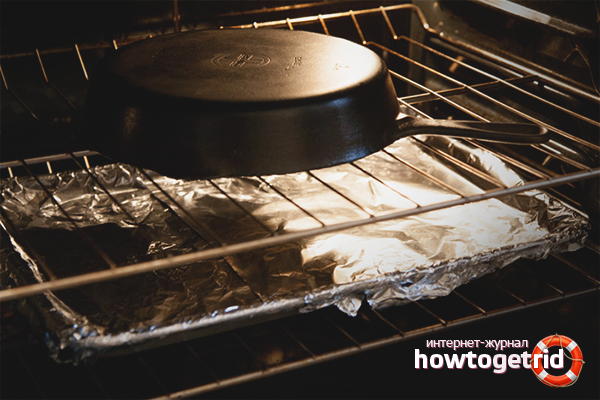


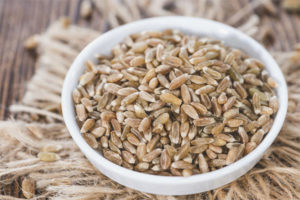
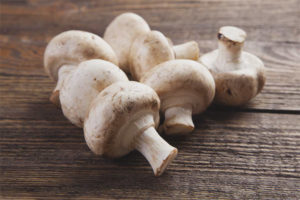
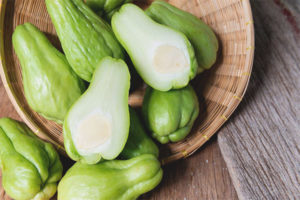



Submit